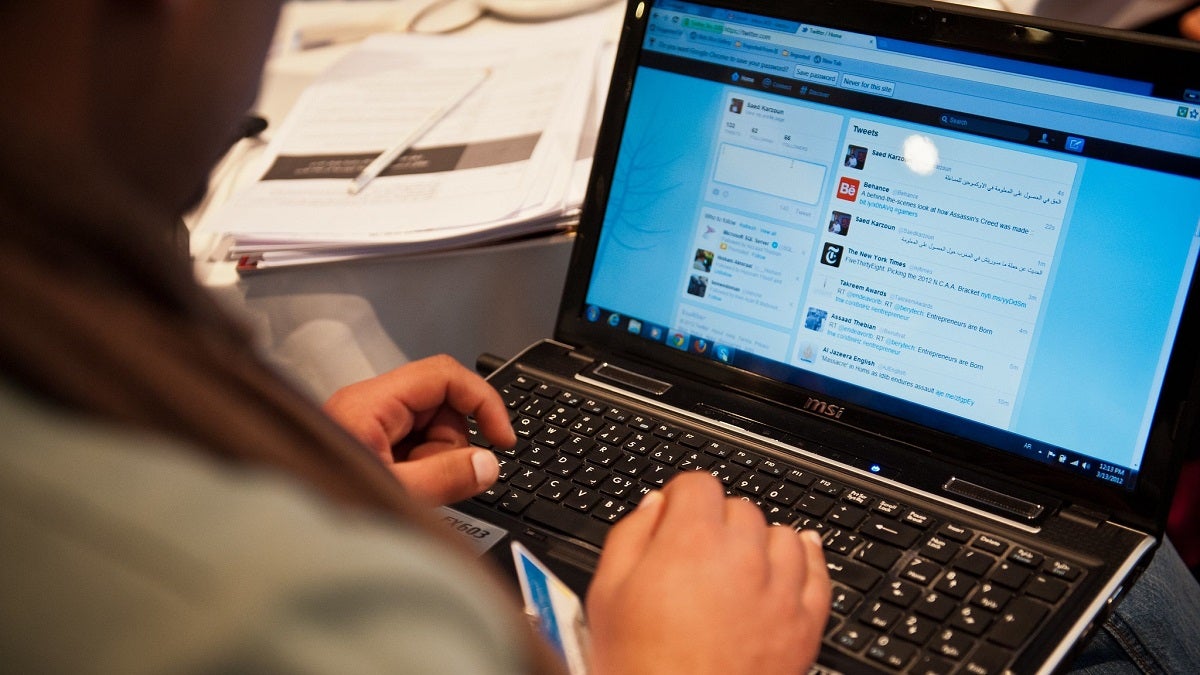
An outgoing, life-loving nation, Italy woke up on March 6 to a homemade video shared on Facebook by a frustrated Dr. Barbara Balanzoni. A former Army lieutenant, lawyer, anesthesiologist, and intensive care doctor, she is serving on the front line of Italy’s response to the novel coronavirus (COVID-19) pandemic. Returning from an 18-hour shift, she haphazardly adjusted her camera and delivered a painful, effective message. It went viral on social media before being further amplified by press outlets across the country: “To the average Italian: ask yourself a question. Why did we close all the schools? To allow you to enjoy an early Easter break or because we are risking our lives? We all need you to stay home. Empathy is not going to work with you. Let me tell you the truth. There are not enough ventilators, not enough specialized doctors like me to cure you. Stay at home.” Her two-minute direct and impassioned plea achieved what no other official government media campaign had managed to deliver before that moment.
All crises need a “Dr. Balanzoni moment.” Her firm and clear warning led thousands of people to finally take lockdowns seriously. Her message also raised awareness about the critical need to ensure prompt delivery of medical equipment and other materials to the hospitals that needed them most. Digital technology helped spread her message quickly and widely.
Today, we all find ourselves part of the war against the spread of COVID-19 on some level, as we use technology to get our work done, communicate with friends and family, and stay informed. Sources we turn to include the global interactive dashboard created by Johns Hopkins University, featuring maps and data that provide a detailed geographical picture of COVID-19 cases.
But behind each updated statistic, there is a human face. Compassion, from the Latin word compassio, means suffering together. We are truly in this difficult situation together digitally. Together we are using digital tools to raise awareness about virus containment and suppression measures, coordinate the logistics of relief efforts for people in isolation, raise funds for emergency workers, help doctors and nurses save lives through early detection via medical imaging, and facilitate the very important function of contact tracing to limit the spread of the virus.
New automated medical imaging analysis tools can use artificial intelligence to detect, quantify, and track positive cases of COVID-19, helping hospitals with limited resources speed up early identification of the virus. In China, this technology was put to work for patients at a time when wide-scale testing was not possible. Singapore and Korea are using cell phone data to track disease carriers and their interactions with others, an approach now being widely introduced in other countries, though this is forcing a debate on data privacy versus intervention effectiveness. Robots are being used to disinfect hospitals, reducing the need for human presence in potentially infected environments.
Children are relying on technology to learn online, as many teachers improvise in this unfamiliar territory—essentially building the plane as it flies. Lebanon is moving all its public school classes online, using free, interactive distance-learning software. The country will also broadcast some classes on national television stations to keep important social distancing measures in place for the foreseeable future.
An IFC-led revenue management project in Peru has supported the development of a digital platform that is now being used for timely communication on COVID-19. Municipio al Dia, initially developed as an information hub for municipal officers and run today by the national government, publishes important daily updates to help municipalities respond to and prevent the spread of the novel coronavirus.
As the world quickly adapts to an ever-shifting landscape, so should the rules and regulations that govern innovation and connectivity. The crisis reinforces why it is crucial that everyone has access to high-speed internet. This is an imperative in developing countries, where the digital divide between rich and poor, urban and rural, and male and female remains stark. Bridging these gaps is one of the reasons the World Bank Group developed a policy called Cascade, which helps businesses in sectors such as telecommunications attract private funding, as public money is scarce and better used to support health and essential services. This approach helps remove entry barriers and improve regulations to encourage the growth of countries’ domestic private sector, including through competitive development of high-speed internet infrastructure. This will help connect the 3.8 billion people who still can’t access high-quality internet.
In this time of crisis, our IFC Infrastructure team remains hard at work to support private sector efforts to extend broadband and mobile to rural areas, as well as developing cloud and data infrastructure that can support digital solutions and connect the unconnected.
With countries in Europe, including Austria, Denmark, and Italy, already looking ahead to reopen businesses after the emergency, the powerful messages delivered by first respondents using social media still resonate. Once the crisis is over, will we go back to our old ways of doing business? COVID-19 is too disruptive of our intimate beliefs and common habits not to leave a long-lasting mark. Virtual communities built out of crisis will continue to interact after the crisis is over. Intergenerational technology gaps, suddenly bridged in time of hardship, may not reappear. The debate on data privacy versus achieving social benefits that has emerged in this time of crisis will also be ongoing. We may never do business in quite the same ways again.



Join the Conversation